
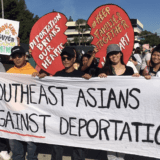
Facing deportation to homelands they barely remember, formerly incarcerated Southeast Asians in L.A. are fighting in court to remain here.
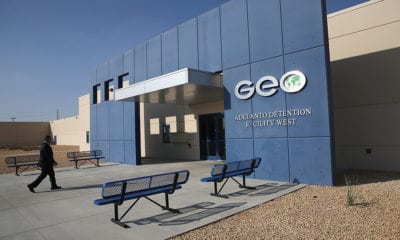

Why ICE’s immigration detention facilities throughout the country have become COVID-19 hotspots.


COVID-19 Death at Otay Mesa Detention Center | Guest: Anthony Alexandre, Detainee at Otay Mesa
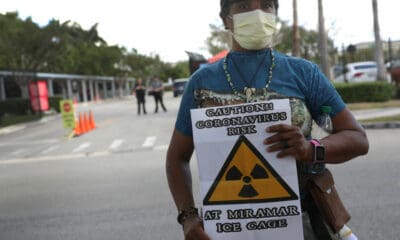

Amid a raging pandemic, immigrant detainees say they are double bunked in cells and that guards don’t wear protective equipment.


From health care workers to immigrant detainees, efforts to acquire protective face coverings are complicated by bureaucratic resistance.
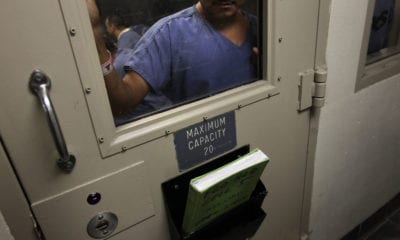
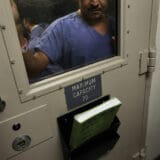
Despite warnings from public health experts, ICE still holds nearly 35,000 detainees in close quarters.


Classifying immigrants as “arriving aliens” allows the government to deny them a chance for release from detention.
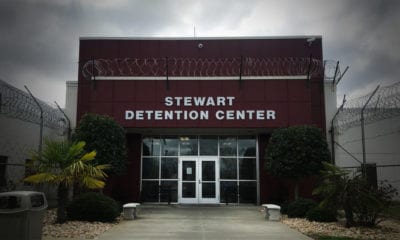

Detainees have lodged a complaint concerning “abuses, atrocities, violations of human rights, racism and hate.”
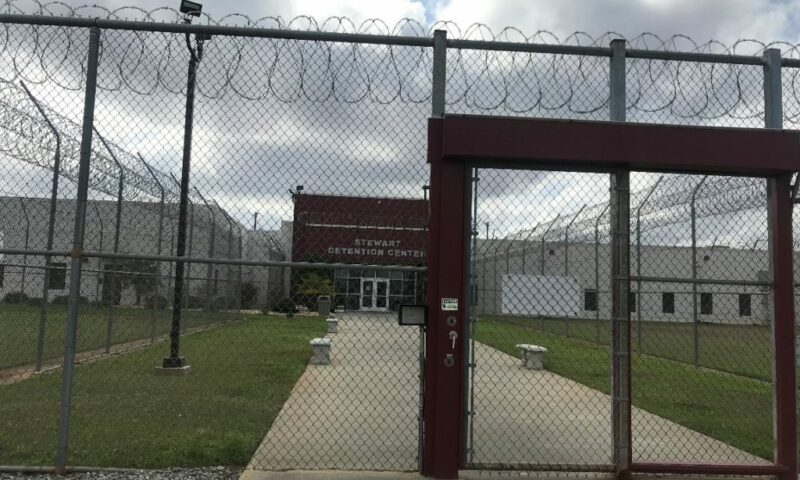

Immigrant detainees are not convicted criminals, yet they suffer hostile, prison-like conditions in America for years at a time.

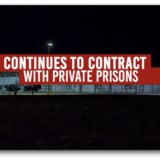
The Trump administration is fighting back against a new law phasing out privately run immigrant-detention centers.
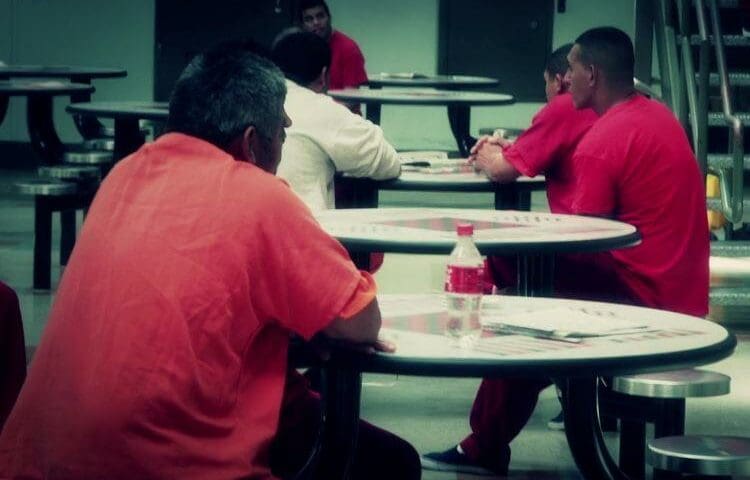
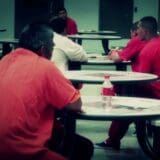
Five days after a bill ending private prisons in the state was signed into law, the Trump administration found a way to get around it.
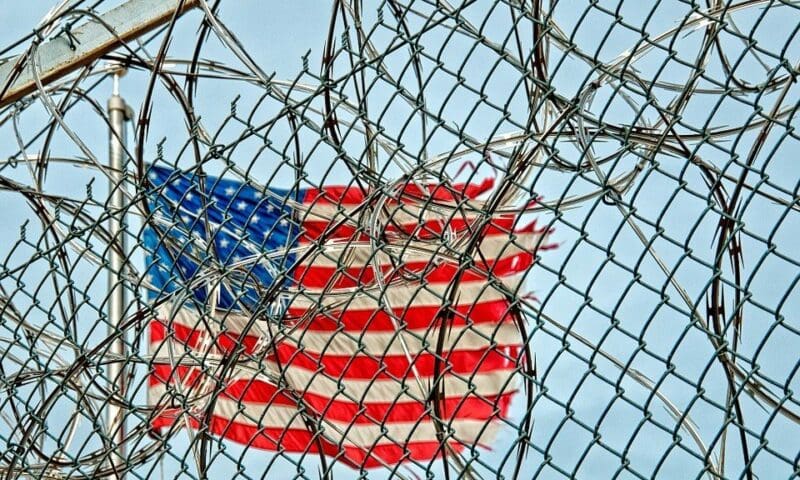

A bill awaiting Gov. Newsom’s signature would bar new private prison contracts. Two industry giants are already reinventing themselves.
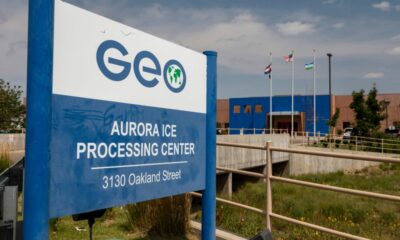

An ICE investigation details days of suffering in which Kamyar Samimi pleaded for help and attempted suicide because he said the pain from methadone withdrawal was so intense.


A proposed California law would require the attorney general to conduct immediate investigations of immigrant-detention deaths.
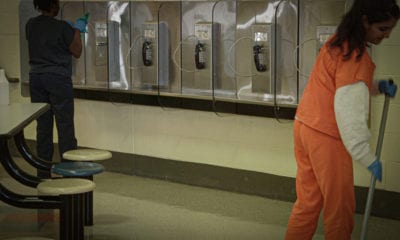

See the full story here.
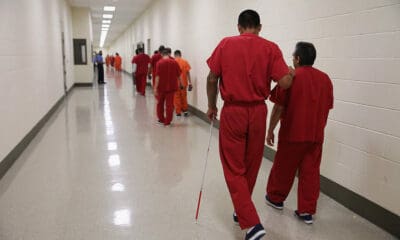
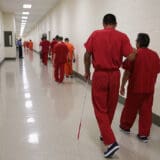
ICE says immigrant detainees are only obligated to make their beds and avoid clutter. But a for-profit prison company is accused of forcing them to do much more – and for no wages.
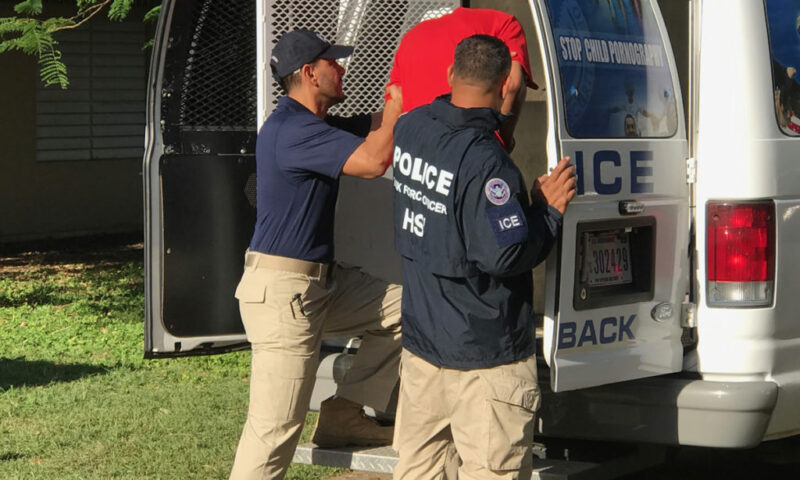

The nonpartisan Migration Policy Institute says nearly 300,000 undocumented immigrants could be quickly deported under a new rule.
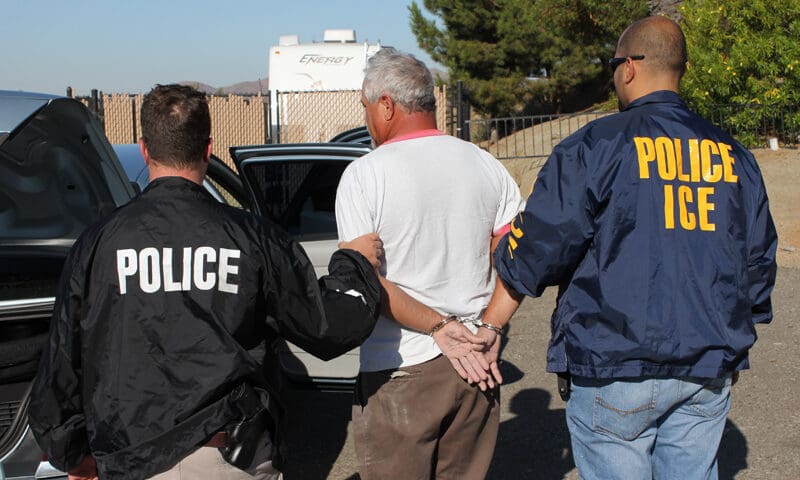

Immigration advocates say a recent announcement of ICE raids was intended by the Trump administration to create fear in immigrant communities.


Co-published by Truthout
Undocumented immigrants fear that seeking medical care will get them kicked out of the country. One woman’s story shows the impact can prove deadly.
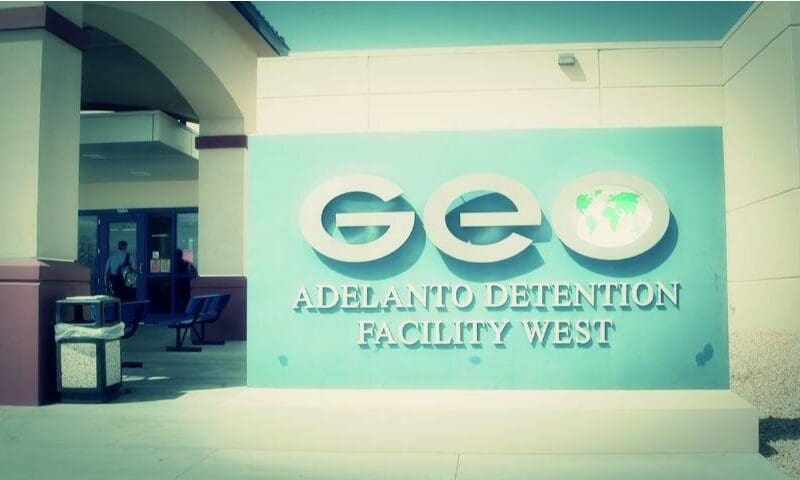

Immigration activists and state agencies continue to put pressure on California’s ICE facilities.